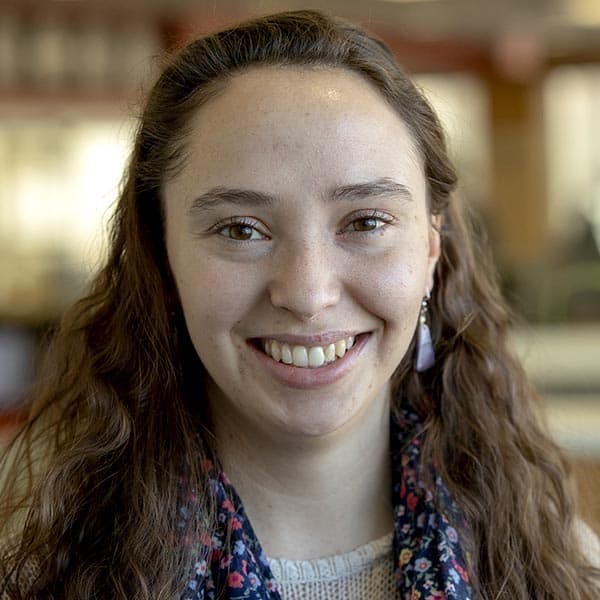Advertisement
Fort Peck Tribes Fight For Surplus Yellowstone Bison
Resume
Yellowstone National Park’s annual bison cull is underway, meaning up to 1,000 of the animals will be hunted or trapped and then slaughtered as a population control measure.
Much of the meat harvested from those bison will go to tribal nations in the area, but leaders from those nations say they would rather take the animals in while they are still alive.
“It would really connect a lot of our Native people to our culture,” Robert Magnan, director of Fish and Game for the Fort Peck Assiniboine and Sioux tribes, tells Here & Now’s Peter O’Dowd. “A lot of our culture has been lost because buffalo has always been at the center of our culture. And we reconnect them through the buffalo.”
Magnan says that establishing a new herd on the Fort Peck reservation, which is already home to about 200 American bison, would help restore the tribes’ cultural and economic relationship with the animals.
His department has spent over half a million dollars building a quarantine facility in hopes of someday accommodating a herd of Yellowstone bison, and to assuage local ranchers’ fears that the animals could transmit the bovine disease brucellosis to their cattle.
But this year, Yellowstone transferred just five of their surplus bison to the Fort Peck reservation, all five of them males.
Interview Highlights
On the overarching goal of the tribes’ Buffalo Restoration Program
"What we really want to do is to be able to get all sexes of the buffalo on the quarantine project here, and our ultimate goal is restoring buffalo on to Indian Country all over the United States."
On ranchers’ fears that the bison could transmit brucellosis to their cattle
"A lot of that is based on fear. We’ve been trying to educate the state of Montana for the last seven years that when they make decisions, you base it on science, not politics. In reality, there’s a very small opportunity when an animal can infect another animal with brucellosis — and that’s during calving time when the females are letting go of their afterbirth. And the rest of the time you can’t get contact with another animal just that way."
On the history of bison extermination by white settlers
"The government always used terrorist tactics from the beginning. And they wipe out a nation’s economy, that’s how they brought Native Americans to their knees. Fortunately, they didn’t do a very good job because Native Americans and buffalo are still here. And we’re trying to build herds back to where they can be part of our economy once again."
On the five bulls recently relocated to Fort Peck
"Actually on the 22nd of April, we’ll do our first [brucellosis] test. And our existing herd just outside the quarantine, they come by and kind of visit the other bulls. In time, by October, they’ll turn out with the herd, so they’ll actually get to be with our main herd."
Savannah Maher produced and edited this interview for broadcast with Kathleen McKenna.
This segment aired on April 8, 2019.

